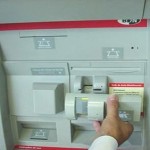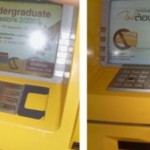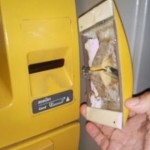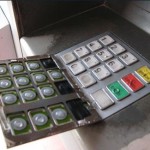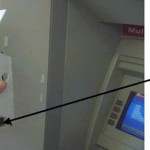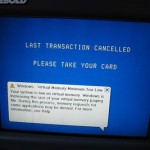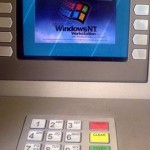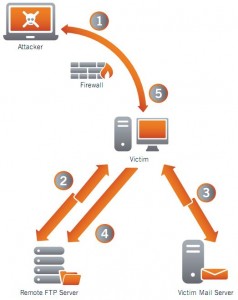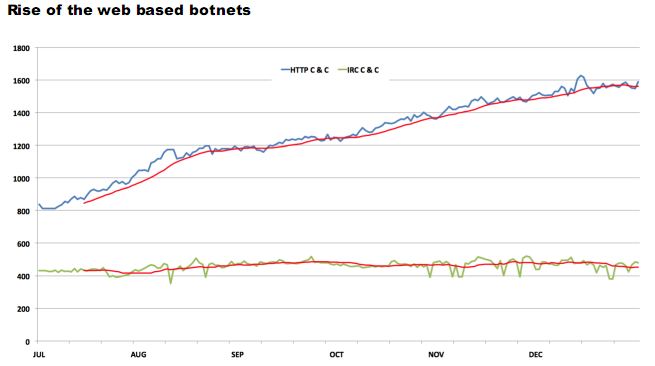A metals supply company in Michigan is suing its bank for poor security practices after a successful phishing attack against an employee allowed thieves to steal more than half a million dollars last year.
The lawsuit, filed by Experi-Metal Inc. (EMI), in Sterling Heights, Mich., charges that Dallas-based Comerica Bank effectively groomed its customers to become phishing victims by routinely sending them e-mail messages that asked recipients to click a link to update the bank’s security technology. The company also alleges that Comerica’s security protections for customers are not commercially reasonable, because the phishing scam routed around the bank’s 2-factor authentication system.
According to a complaint EMI filed in December with a Michigan circuit court, for many years Comerica used “digital certificates” for authenticating online banking customers. Digital certificates are the browser-based counterparts to ATM cards, and many banks require customers to include the bank’s cryptographically signed digital certificate in their browser before the bank’s online system will allow users access.
Once a year from 2000 to 2008, Comerica sent emails to EMI and other customers directing them to click on a link in the email, and then log in at the resulting Web site in order to renew the digital certificate that Comerica required.







